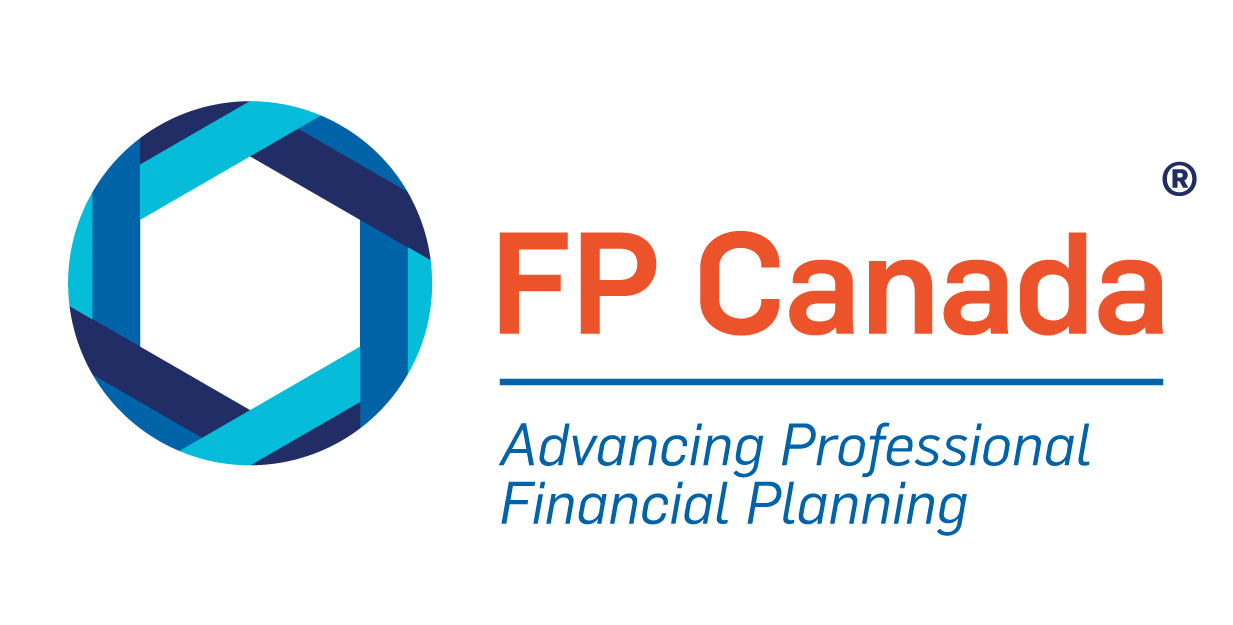Planning for retirement doesn’t have to be stressful. By taking a few simple steps, you can help ensure a smooth transition into living life on your own terms.
Retirement is something to look forward to. But the financial stress of preparing for it can overshadow the bliss of a seven-day weekend.
Here are some tips to help ensure you have confidence in your finances so you can enjoy your retirement years:
1. Know your values and vision for the future
It’s important to know what your ideal retired life looks like. Ask yourself: what’s important to me, and what do I want in retirement?
Start by writing down your values, the hobbies you currently enjoy, and any new activities or experiences you want to try. It’s a great way to further clarify your vision for what retired life could look like. With a clear picture in mind, it’s time to align your financial resources with your values and vision.
2. Create a budget
Budgeting is about creating a plan for your money so you can monitor how it’s being spent. A budget will allow you to understand how much money you have saved (or are saving), how much is coming in, and how you’re spending.
Creating two budgets based on current and future circumstances can help you gain clarity regarding your financial situation. It will also allow you to work toward achieving a comfortable retired life.
Begin by identifying all your sources of income and summarizing your expenses. Consider the following
- Cash
- Credit cards
- Debit
- Monthly income
- Necessary and discretionary expenses
The first budget is based on your current income and spending for the past year, without retirement factored in. From there, you can create a second budget. Looking at your second budget, try to find opportunities to redirect funds that align with your vision for retirement.
3. Manage your risks
It’s important to identify any vulnerabilities that could prevent you from living the retired life you want. Taking this step is a proactive way to start managing and planning for potential risks. Those risks may relate to the following:
- Financial obligations
- Investments
- Health issues
- Business expenses
Once you know the risks, you can explore ways to address them. From there, you can plan how you’ll financially manage them by the time you retire. Identifying risks early can save you a lot of stress in the future.
4. Review your investment strategy
Once the paycheques stop, where will your income come from? For many, it’s a combination of Canada Pension Plan (CPP) benefit payments, Old Age Security (OAS) pension, savings, and investments. Reviewing all these components together will provide you with a detailed view of your retirement income. It will allow you to develop an investment strategy based on your specific needs and risk.
It’s critical to understand the different types of investment options available for retirement savings, the risks associated with them, and all relevant tax implications. Considering how they’ll work together to generate cash flow is a key part of any solid retirement strategy.
5. Understand your taxes
Taxes are one of the biggest expenses in life. And understanding how they’ll impact you is an important part of any retirement plan. Fortunately, by reviewing your complete financial picture with a CFP® professional or QAFP® professional, you can begin to understand the tax implications related to your retirement options. Here are a few things you may want to consider
- The taxation of different investment types
- Any investment accounts you have
- The order of withdrawals from your accounts
- OAS clawback (a reduction in your pension income)
6. Work with a professional
Looking at your finances with a critical eye and establishing a solid path to retirement can seem daunting. But you don’t have to do it alone. A Certified Financial Planner professional or Qualified Associate Financial Planner professional can help you make your unique vision of retirement come to life.
It starts with the development of a personalized financial and retirement plan. From there, you’ll have a roadmap to follow as you work toward achieving financial well-being.
To find a CFP professional or QAFP professional who can help you plan for the retirement of your dreams, use the Find Your Planner tool.

Ryan Gubic, CFP, is the Founder and Personal CFO at MRG Wealth Management in Calgary, Alberta.

 Find Your Financial Planner
Find Your Financial Planner



